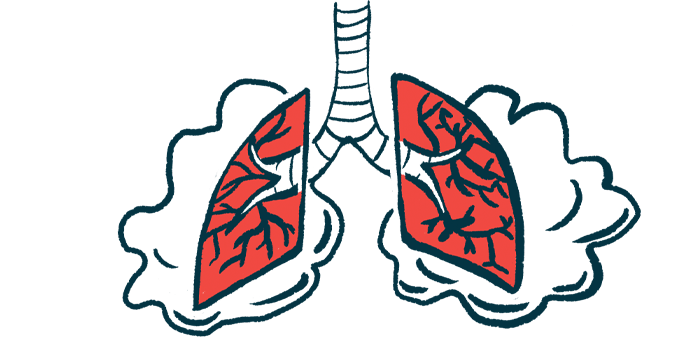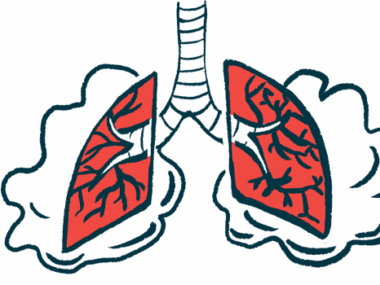Spinraza can protect adults with SMA from breathing decline
Findings support long-term benefit of the treatment in preserving lung function
Written by |

For adults with spinal muscular atrophy (SMA), a genetic disease that progressively weakens breathing muscles, the approved treatment Spinraza (nusinersen) offers a crucial long-term benefit — stable lung function over several years.
Data from a multi-center observational study also found that a patient’s initial breathing capacity is the most reliable predictor of their future respiratory health.
The study, “Respiratory function in 192 adult patients with spinal muscular atrophy (SMA) treated with nusinersen – a multicenter observational study,” was published in the Orphanet Journal of Rare Diseases.
SMA is a genetic disease that progressively weakens muscles, including those needed for breathing. Further complicating breathing problems, SMA patients often develop scoliosis, a sideways curvature of the spine.
Long-term data on Spinraza
Biogen’s Spinraza is a disease-modifying treatment that helps increase the production of a protein known as SMN (survival motor neuron) that is lacking in the most common types of SMA. It can stabilize lung function in adults with the disease, though long-term data in this patient population are limited.
This study included 192 adults with SMA, including two with SMA type 1, 60 with SMA type 2, 125 with SMA type 3, and five with SMA type 4. Nearly one-third (30%) were ambulatory (able to walk). Two-thirds (67%) had scoliosis, and 22% had undergone spondylodesis, or spinal fusion.
Motor function was measured using the Hammersmith Functional Motor Scale Expanded. The median score was 10 out of 66. Lung function was measured using forced vital capacity, or the maximum amount of air a person can forcibly exhale after a deep breath, as a percentage of normal (FVC%). More than half of patients (57%) had impaired lung function, with FVC% equal to or less than 80%.
Median FVC% was lower in SMA type 1 (7.9%-10.5%) and SMA type 2 (median 24.5%) patients. SMA type 3 patients had higher lung function, with ambulatory patients showing a median FVC% of 91.7% and non-ambulatory patients a median of 80%. Adults with SMA type 4 had the highest FVC% at 95.6%.
Noninvasive ventilation was used by 25% of patients, mostly those with SMA type 1 or 2, while none of the ambulatory patients with SMA type 3 or 4 required it.
Lung function remained stable over a median of 3.2 years, suggesting that treatment helped prevent further respiratory decline in adults with SMA.
Patients with better lung capacity at the start maintained better lung function, regardless of age, sex, type of SMA, or treatment duration. Ambulatory patients had higher FVC% than wheelchair-dependent patients, but ambulation status alone was not a consistent predictor after adjusting for other factors.
These findings support the long-term benefit of Spinraza in preserving lung function capacity in adults with SMA. “Respiratory parameters remained stable during treatment with [Spinraza] in adult SMA patients over several years,” the researchers concluded.
Of note, most of the researchers have financial links to pharmaceutical companies, including Biogen.







